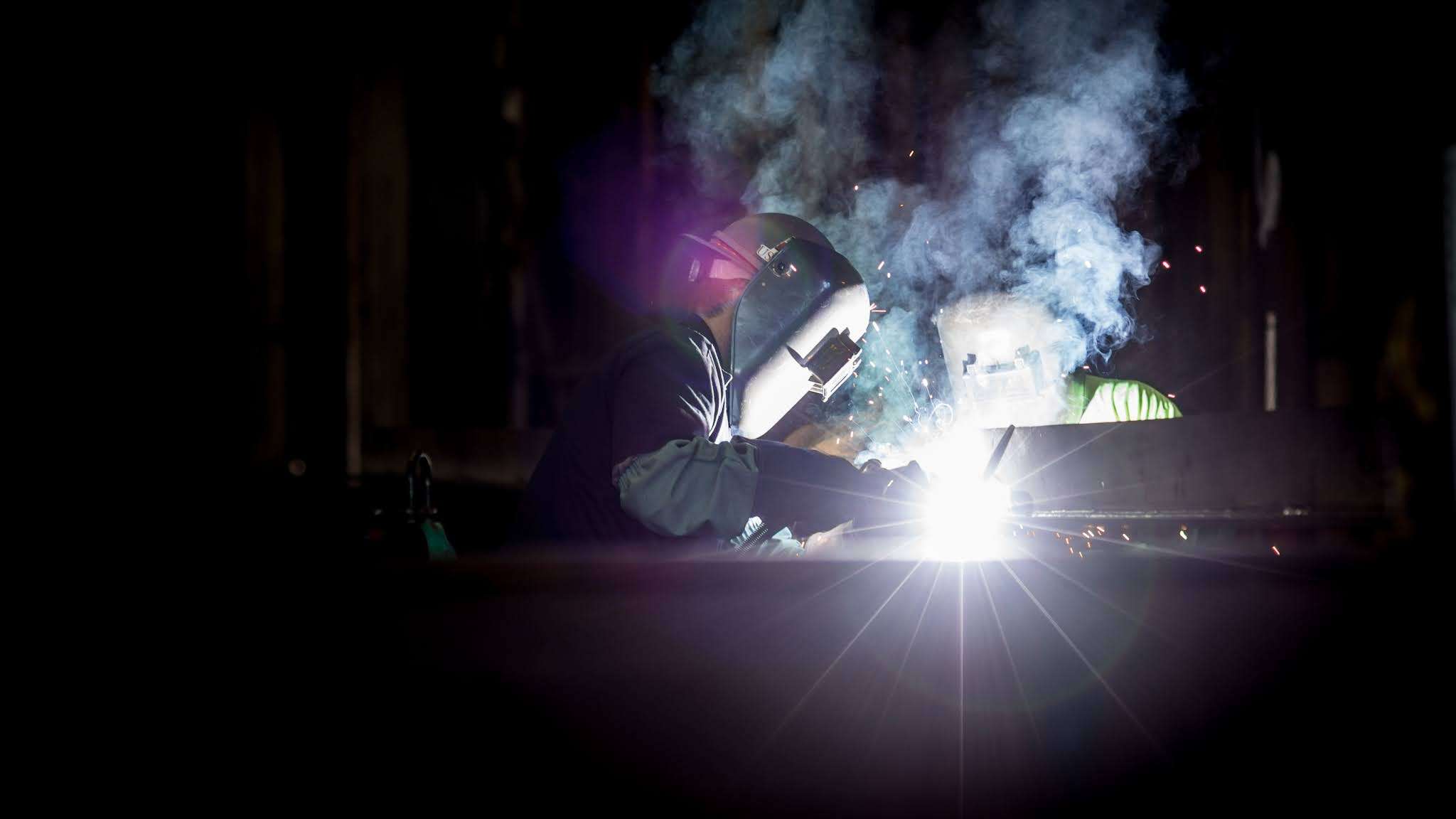Projection Welding – Advantages and Disadvantages?
Projection welding is a type of welding that uses projection equipment to weld parts together. Projection welding can be done on ferrous metals, non-ferrous metals, and some plastic materials.
Advantages of Projection Welding:
- Projection welding is that it produces seamless joints where no gaps are present between the pieces.
- It is a very accurate process and produces high-quality joints.
- It has a high strength-to-weight ratio.
- It is easier to weld small items like sheet metal, pipe, and bar stock.
- The design also makes cleaning the welds very easy since they don’t need to be ground off after each pass through the grinding wheel.
- It is a Cost-effective process.
- Less time-consuming than other types of welding processes such as gas tungsten arc or MIG welding.
- It also produces higher quality results due to its ability to produce an even and clean weld bead with better penetration and less distortion on the base material.
- Resulting in greater stability and less susceptibility to distortion and cracking than conventional butt-welding techniques.
Disadvantages of Projection welding:
- High cost due to a large amount of energy required to perform this type of welding.
- It has a tendency to cause flash burns which may require re-welding due to excessive heat generated by overheating or inadequate shielding gas supply.
- It requires a certain level of skill and training.
- There can be problems with contamination during the process as well as leaks which can lead to contamination in other parts of the welded assembly.
- Projection welding is not suitable for all types of materials. It requires special equipment, which is expensive and can be difficult to handle with little practice.
- Projection welding tends to produce heat-affected zones at the edge of the welded area.
- Projection welding restricts their application to flat surfaces only (although there are some exceptions).



